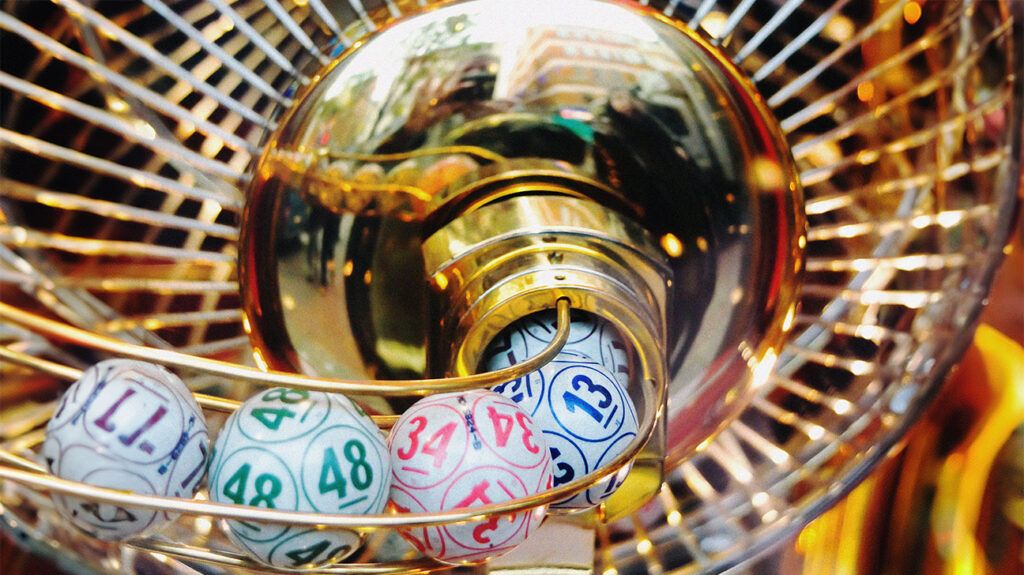Triskaidekaphobia is an excessive fear of the number 13. There is some debate about whether this fear fulfills the criteria of a specific phobia.
Certain cultures consider the number 13 unlucky. In some individuals, the number 13 has powerful associations that cause an extreme fear reaction or trigger avoidance. Some mental health professionals may class this as a specific phobia if it actively impairs a person’s life.
This article explains triskaidekaphobia and looks at causes and treatment.

Triskaidekaphobia involves an extreme fear of the number 13. However, this fear might have a closer link to superstition than the working definition of a specific phobia.
The
The resulting fear or efforts to avoid the fear are usually enough to cause significant distress or social, occupational, or functional difficulties.
According to a
The number 13 in society
The roots of the number 13’s reputation as an unlucky number are unclear. Anecdotally, they may be religious, as the bible states there were 13 people at the event known as Jesus’ last supper.
The number 13 has developed a reputation for being unlucky in Western culture. For example, many airlines do not have a 13th row, and some hotels lack a 13th floor. City planners often exclude “13th Street” from their road names. Since the Apollo 13 accident in 1970, space missions no longer reach number 13.
However, believing in superstitious associations between bad luck and the number 13 does not automatically constitute a phobia on a personal diagnostic level.
Many cultures have superstitions or cultural taboos around certain numbers. For example, some Asian cultures consider the number four unlucky.
According to a
It is difficult to say whether triskaidekaphobia qualifies as a specific phobia, as triskaidekaphobia is usually not severe enough to impact someone’s life significantly.
However, people with triskaidekaphobia might show the following effects that are similar to
- taking extreme efforts to avoid the number 13 or situations where it may arise
- experiencing immediate and severe anxiety or panic attacks when encountering the number 13 in public or the media
- experiencing related distress that may affect performance in school, work, or social settings and lasts longer than 6 months
These fears may extend to closely related contexts, such as multiples of 13 or counting in general, where the number 13 may arise.
Panic and anxiety symptoms
Panic or anxiety attacks in a person with triskaidekaphobia may trigger the following symptoms:
- a feeling like choking
- a dry mouth
- breathlessness
- chest pain or tightness
- chills
- confusion
- disorientation
- dizziness
- feeling faint
- headaches
- hot flashes
- nausea
- numbness
- passing urine or stools involuntarily
- pins and needles
- a rapid heartbeat
- ringing in the ears
- sweating
- trembling
Many specific phobias develop during childhood and often relate to a traumatizing event a person experiences. Children may also learn phobias from parents or caregivers who are anxious about the same trigger.
For example, superstitions around the number 13 may have links to tragedies, such as the Apollo 13 mission or the sinking of a submarine called HMS K13 in 1917.
If a parent or caregiver makes the association between the number 13 and the disaster, the child may develop excessive fear around such a connection, feeling anxious about similar catastrophes occurring in their own lives if they encounter the number 13.
A
According to the researchers, the more a person believes they do not control elements of their lives, the more they may believe certain superstitions. While this study did not focus on triskaidekaphobia, the connection between superstition and personal control could contribute to triskaidekaphobia when it reaches the levels of a diagnosable phobia.
Clinical triskaidekaphobia is rare, and there are no clinical guidelines for treating it. However, treatments for specific phobias are available.
Specific phobia treatment
Cognitive behavioral therapy (CBT) is the
A CBT practitioner levels up the severity of the trigger until the individual can face exposure without a severe reaction. Other methods include flooding, which involves making a person’s reactions to stimuli less sensitive by increasing exposure to the trigger.
Magical thinking
According to a
Read about therapy for phobias.
People often ask the following about triskaidekaphobia.
What is the difference between paraskevidekatriaphobia and triskaidekaphobia?
Paraskevidekatriaphobia, also known as friggatriskaidekaphobia, is a fear of Friday the 13th of any month. Triskaidekaphobia is a fear of the number 13 wherever it arises.
Paraskevidekatriaphobia is a type of triskaidekophobia.
What is an example of triskaidekaphobia?
People with specific phobias
For example, those with triskaidekaphobia might have to move straight from 12 to 14 when making a numbered list or might experience a panic attack when they encounter the number 13 in a financial report at work.
Triskaidekaphobia is an extreme or irrational fear of the number 13. It may fall into the category of a superstition rather than a specific phobia, but it can severely affect people who live with it.
People may experience panic attacks upon seeing the number 13 or be unable to leave the house on the 13th day of the month for fear that something bad may happen.
Phobias often develop during childhood due to traumatic events or parental anxieties. Cultural superstitions around the number 13 also factor into triskaidekaphobia. This fear may be treatable through CBT or may self-resolve as a person acquires new information and gains life experience.
